You will need:
- A strong torch or green spotlight
- A strong rubber band
- Green cellophane
- One red object. We used a red toy car. But you can use a tomato.
- A very dark room
- If you have a green spotlight the effect is more pronounced
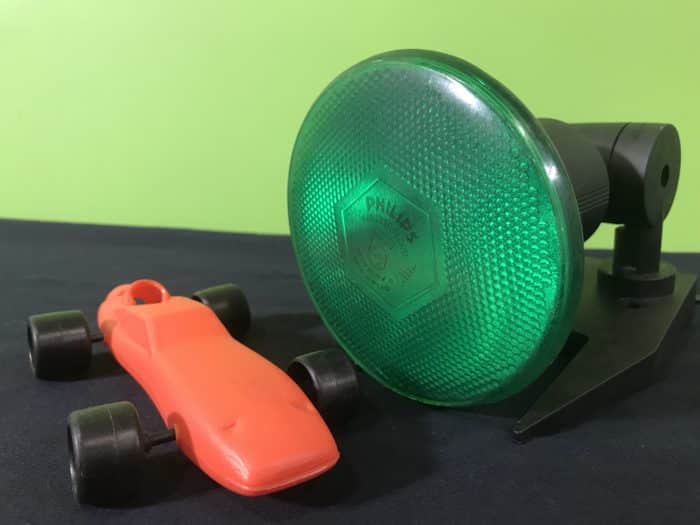
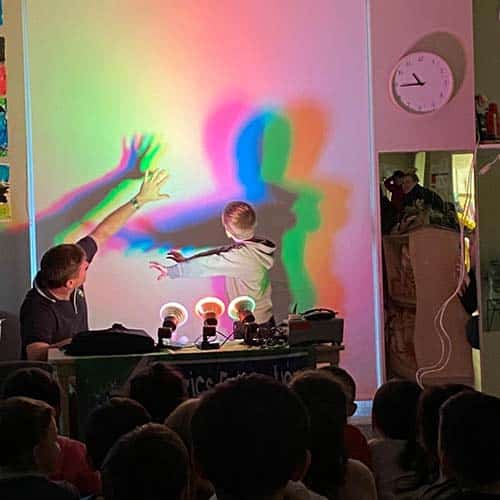
School science visits since 2004!
– Curriculum-linked & award-winning incursions.
– Over 40 primary & high school programs to choose from.
– Designed by experienced educators.
– Over 2 million students reached.
– Face to face incursions & online programs available.
– Early learning centre visits too!
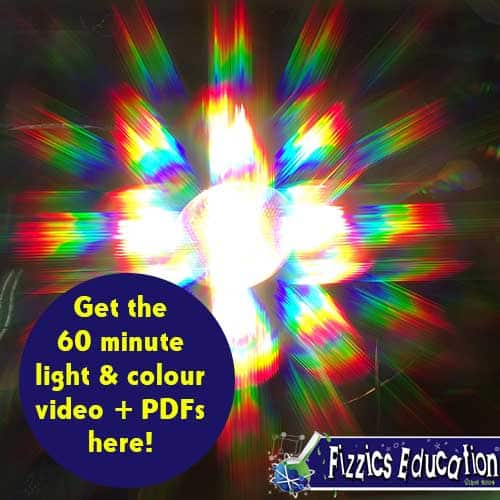
Get the Unit of Work on Light & Colour here!
- What is colour addition vs subtraction?
- What is opacity, translucence & transparency?
- What is the difference between refraction & reflection?
- Explore UV light, lenses, thermochromism and more!
Includes cross-curricular teaching ideas, student quizzes, a sample marking rubric, scope & sequences & more
What is going on?
White light is comprised of all of the colours of the rainbow i.e. the light spectrum – visible light ranges in frequency from VIOLET (400nm) to RED (700nm).
Different materials absorb and reflect the different colours of light. The different colours represent different wavelengths of light. A red object is only ‘red’ when you see the red wavelength of light being reflected off it. So a red car reflects red light, while the other light wavelengths get absorbed. The green light from your torch does not have a red wavelength in it. Because the red car absorbs the green light, no light is reflected and you are left seeing a black car.
Variables to test
- Try different strength green lights on your red car.
- What happens if you shine other colours of light on the red car?
- Does the experiment still work with a red apple or any other red object?
From image formation to rainbow science, we’ve got your unit on light covered!
Get in touch with FizzicsEd to find out how we can work with your class.
Light & Colour
Years 1 to 6
Maximum 30 students
Workshop or Show (NSW & VIC)
60 or 90 minutes
Online Class Available
STEM Full Day Accelerator - Primary
Designed from real classroom experiences, this modular day helps you create consistently effective science learning that directly address the new curriculum with easily accessible and cost-effective materials.
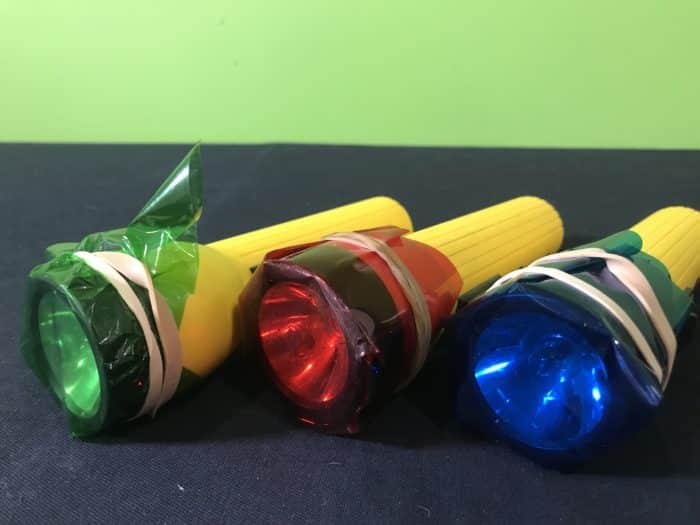
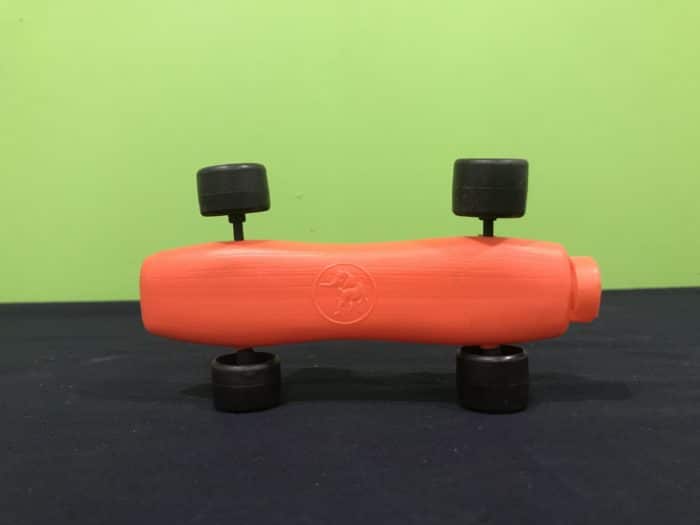
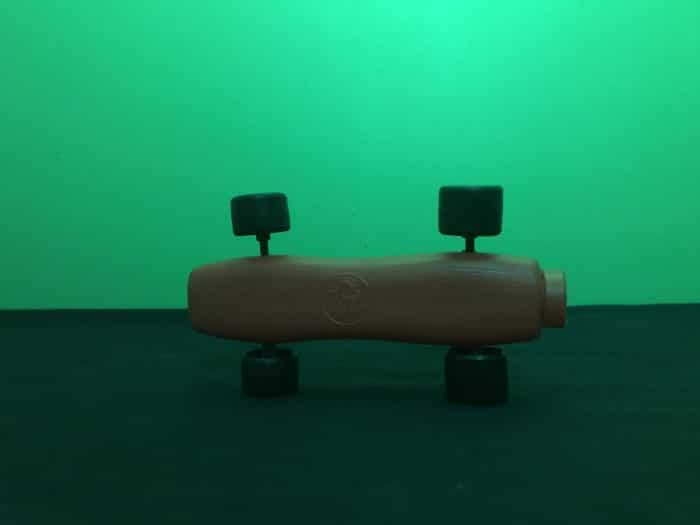
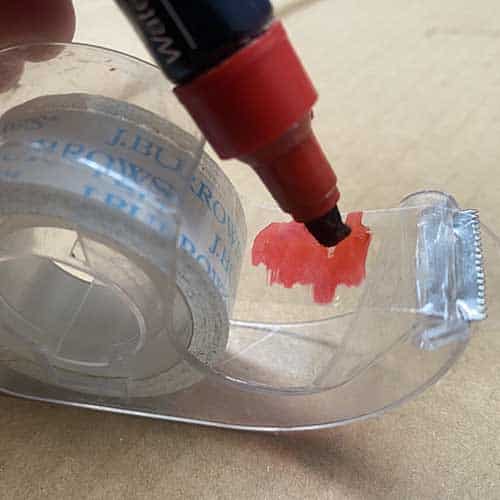
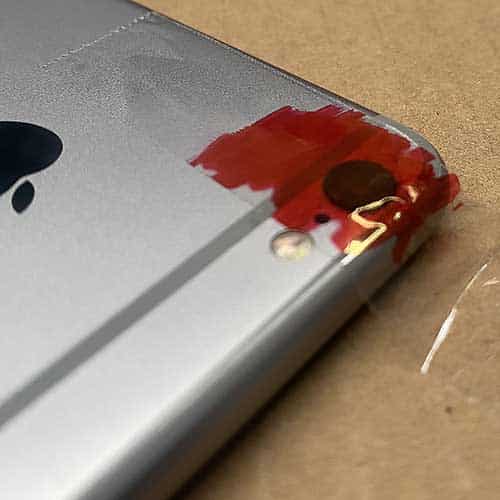


























Comments